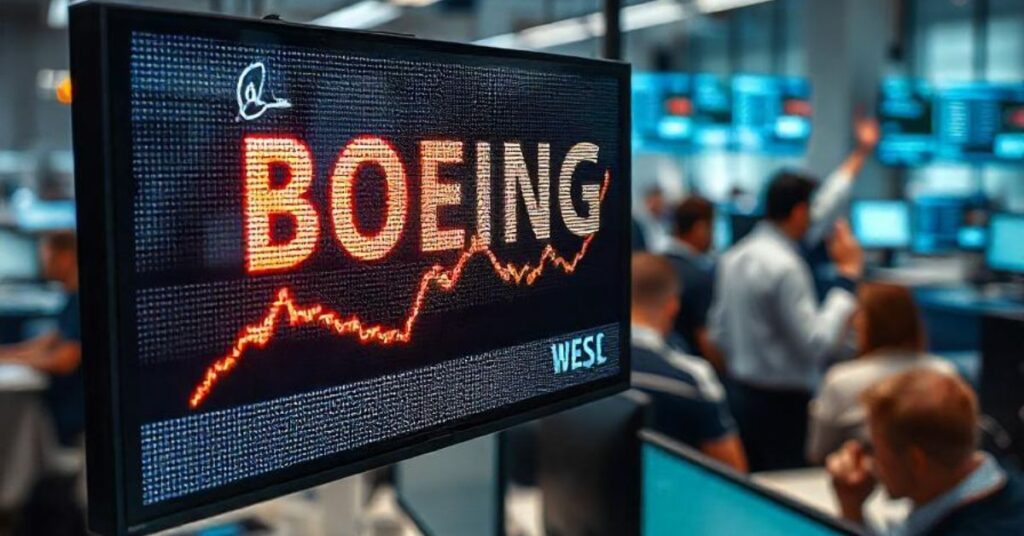Agree: Nickel is a cornerstone of modern industry, playing a pivotal role in critical sectors such as electric vehicle (EV) batteries, stainless steel production, and renewable energy. As the global economy shifts towards electrification and sustainability, the demand for nickel has surged, making it a valuable asset for investors looking to capitalize on the green revolution.
Promise: If you want to stay ahead of market trends and make informed investment decisions, 5StarsStocks.com nickel offers expert insights into nickel stocks, industry developments, and key financial strategies.
Preview: In this article, we will take a deep dive into the significance of nickel in the global economy, analyze top nickel stocks featured on 5StarsStocks.com, explore diverse investment strategies, and examine the latest market trends shaping the future of nickel investments.
Nickel Market Overview
The nickel market has evolved dramatically over the past decade, driven by the rapid expansion of industries that rely on this essential metal. Here’s a closer look at where nickel stands today:
Key Uses of Nickel
Electric Vehicle (EV) Batteries: Nickel is a crucial component in lithium-ion batteries, directly impacting the EV industry’s growth and battery efficiency.
Stainless Steel Production: With nearly 70% of global nickel consumption, the stainless steel industry remains its largest consumer, using it for corrosion-resistant and durable materials.
Aerospace and Energy Sectors: High-performance nickel alloys are critical for aircraft manufacturing, power generation, and green energy applications.
Market Trends and Outlook
- The increasing adoption of EVs and energy storage solutions is expected to drive long-term demand for nickel.
- Nickel prices have shown high volatility, influenced by supply chain disruptions, geopolitical factors, and mining regulations.
- Indonesia and the Philippines, two of the world’s largest nickel producers, are implementing export restrictions and environmental policies that may further impact supply and pricing.
- Recycling and innovation in battery technology could shift the demand-supply equation, affecting nickel’s long-term investment potential.
Top Nickel Stocks Covered on 5StarsStocks.com
Established Nickel Mining Giants
Vale S.A. (VALE): A Brazilian mining powerhouse with vast nickel reserves and a focus on sustainable mining practices.
BHP Group (BHP): One of the world’s largest mining companies, with a strong foothold in nickel production and increasing investment in green energy.
Norilsk Nickel (Nornickel): A Russian-based leader in nickel production, holding some of the richest nickel deposits globally.
Emerging and High-Growth Nickel Stocks
First Quantum Minerals (FM.TO): A rising player in the nickel and copper sectors with expanding production facilities.
Talon Metals Corp. (TLO.TO): Partnering with Tesla to secure nickel supply for EV batteries, making it a key stock to watch.
Nickel 28 Capital Corp. (NKL.V): Focuses on nickel and cobalt investments, with an emphasis on ethical and sustainable sourcing.
Investment Strategies for Nickel Stocks
Short-Term vs. Long-Term Investment Approaches
Short-Term Trading: Investors can capitalize on market swings, price volatility, and geopolitical events affecting supply chains.
Long-Term Holding: With the green energy transition, long-term investors may benefit from nickel’s growing demand, especially in the EV and renewable energy sectors.
Risk Factors and Market Volatility
Geopolitical Risks: Mining policies in major nickel-producing countries can disrupt global supply and impact stock prices.
Regulatory Challenges: Stricter environmental regulations could affect mining operations and limit nickel supply.
Technological Disruptions: Advances in battery technology, such as solid-state batteries, could alter future nickel demand.
Technical and Fundamental Analysis Insights
Fundamental Analysis: Investors should assess a company’s financials, including revenue growth, debt levels, production capacity, and ESG (Environmental, Social, and Governance) policies.
Technical Analysis: Historical price trends, resistance levels, and moving averages help investors time their entries and exits.
Environmental and Sustainability Concerns
Nickel mining has historically been associated with environmental degradation, deforestation, and high carbon emissions. As global attention shifts toward sustainable practices, the industry is under pressure to adopt eco-friendly measures.
Sustainability Trends in Nickel Mining
Low-Carbon Nickel Production: Companies are investing in carbon capture technologies and green energy sources to power their operations.
Recycling and Secondary Nickel Use: Advances in battery recycling technology are creating a circular economy for nickel, reducing dependency on new mining operations.
ESG-Focused Investments: Investors are increasingly favoring companies with strong ESG commitments, influencing the market value of sustainable nickel producers.
Recent News and Market Updates
- Nickel prices hit multi-year highs in response to supply constraints and rising EV demand.
- Indonesia imposes export bans on raw nickel, shifting the market dynamics in favor of refined and value-added nickel products.
- Major automakers, including Tesla and Volkswagen, are securing long-term nickel supply contracts to meet their EV production goals.
- New mining projects and expansions in Canada and Australia aim to reduce reliance on nickel from geopolitically sensitive regions.
Conclusion ( 5StarsStocks.com Nickel )
Unquestionably, nickel is important in the modern economy; its value is rising in the EV and renewable energy industries. Understanding market trends, geopolitical issues, and environmental difficulties can help investors to make wise decisions to optimize their returns. Still a reliable source for thorough research, stock recommendations, and industry insights, 5StarsStocks.com is.
Investors can position themselves to profit from the rising demand of nickel by keeping educated and methodically investing in both existing and new stocks. Building a strong investment portfolio requires juggling risk, sustainability, and long-term market trends.


